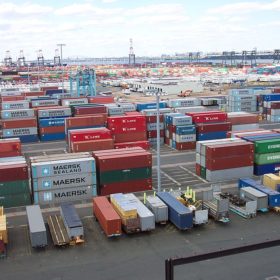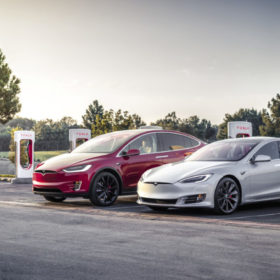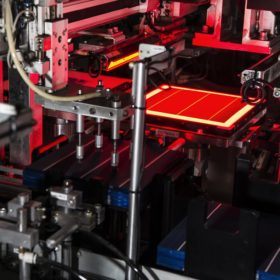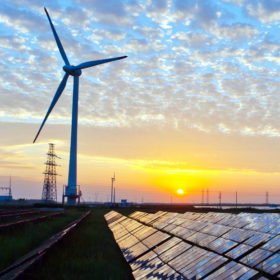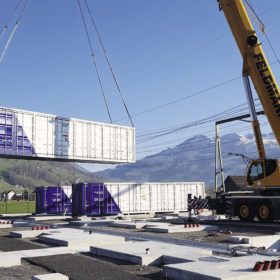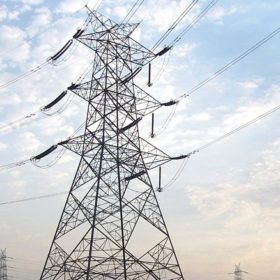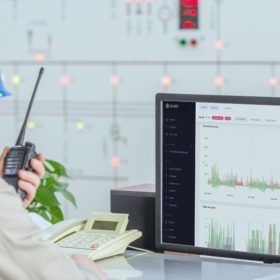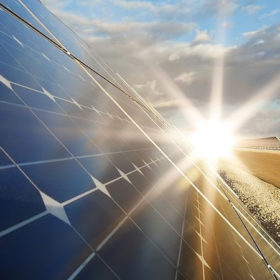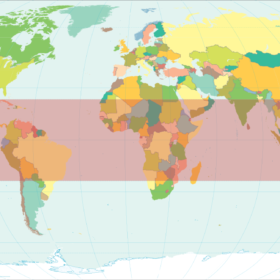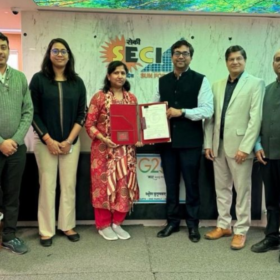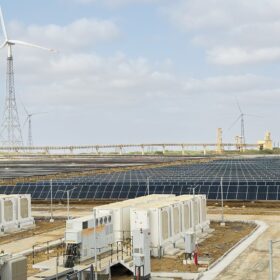Manufacturers want 50% basic customs duty on solar imports
India imported solar cells and modules worth $1.3 billion from China in FY2019-20. Domestic manufacturers have demanded a level playing field to compete against cheaper imports.
Keltron to set up a supercapacitor manufacturing unit in Kannur
The state-owned electronics manufacturer has signed a memorandum of understanding for technology transfer with Vikram Sarabhai Space Centre of Indian Space Research Organisation.
REIL seeks 6500 quantities of 330Wp solar modules
Bids are invited from Indian manufacturers to supply polycrystalline solar modules with an efficiency of a minimum 16.75%. Bidding closes on September 3.
Modi loosens the purse strings to help struggling state utilities
Covid-19 hits to demand and bill payment collection have worsened the plight of the nation’s already debt-crippled power distribution companies, prompting the government to order an exceptional relaxation of lending limits.
Energy storage investment to approach $10bn in 2025
Analyst IHS Markit has predicted storage will rebound this year following its first year-on-year decline in 2019. The technology is being rolled out at pace despite Covid-19 with state-level policies set to keep the US the global capital for the next five years.
CERC approves trading in green term-ahead market
The market-based mechanism will allow resource-rich and resource-deficit States to trade renewable energy and balance their renewable purchase obligation (RPO) targets.
India could add 2.5 GW of big solar in second half
Some 1 GW of utility scale project capacity was added to the end of June.
ION Energy’s analytics selected for 581 MWh of large-scale battery storage projects
US-based esVolta will deploy the Edison Analytics software platform across its battery energy storage projects in North America. The software is expected to result in savings of $450,000 annually for esVolta by reducing excess battery degradation through improved heating and discharge management.
Waaree supplies 50 MW solar modules for an American project
The Mumbai-based manufacturer has a 2 GW state-of-the-art solar module manufacturing capacity in Gujarat and is setting up an additional Rs 11-billion modules and cells factory in the state.
ISA to hold World Solar Technology Summit next month
The inaugural event will be attended by prime minister Narendra Modi, ministers from all the International Solar Alliance member countries and high-level dignitaries from global R&D institutions.
